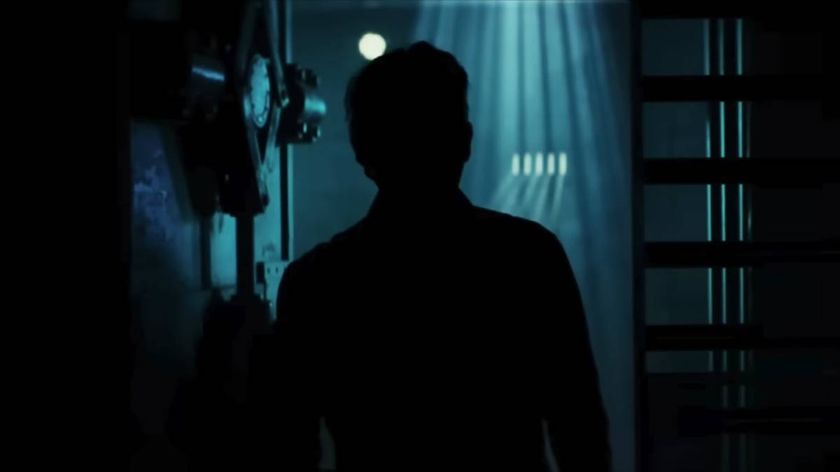LucasArts versus Sierra: Part One
Which company made the best adventures? We settle the debate once and for all
What happened to great adventure games? Although we’re told that they sell very well, we just can’t get excited about another new Nancy Drew adventure. Can you? Maybe it’s best to selectively restrict our memories of the much-loved genre to the grand age of adventure games when companies like LucasArts and Sierra regularly put out some of the most undeniably awesome adventure games of all time. But which of these two companies were responsible for the best ones? We decided to don our nostalgia goggles and look back on the evolution of the genre by recollecting the best adventure games from both the LucasArts and Sierra camps to settle the debate once and for all.
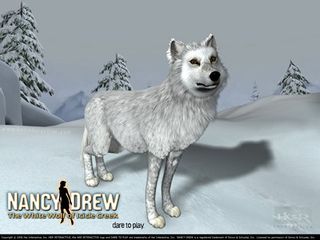
Above: Nancy Drew: The White Wolf of Icicle Creek sold more than 4 million copies. What the hell?


Mystery House
On-Line Systems (later known as Sierra On-Line and Sierra Entertainment)
Released: 1980
Developed by Roberta and Ken Willliams, Mystery House was the first game to add graphics to the completely text-based adventures that preceded it. It was set in a Victorian mansion. When dead bodies start showing up, the mystery begins and you’ll need to use your wits to discover the identity of the murderer.
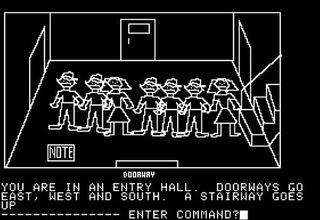
Above: Mystery House had one thing no other adventure game had before it: crudely drawn graphics
Exclamation Points: We are awarding Mystery House with three cotton gins and one oversized “FIRST!!!” comment - framed by four solid gold exclamation points - for adding graphics to an adventure game, which helped push the genre forward.
The Dark Crystal
Sierra On-Line
Released: 1983
Sign up to the GamesRadar+ Newsletter
Weekly digests, tales from the communities you love, and more
1983 was the year that gamers got an adventure game based on the creepiest Jim Henson movie we’ve ever seen: The Dark Crystal. In terms of gameplay, The Dark Crystal still closely resembled previously released text adventures. But you can clearly see how much the visuals improved since the release of past Sierra titles like Mystery House and Wizard and the Princess.
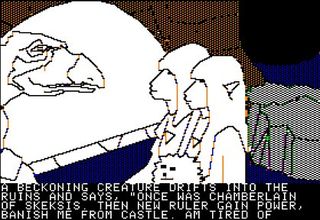
Above: This screenshot shows off the sort of cutting edge visuals Apple II owners enjoyed. Trust us, it was a lot cooler back then
Above: A trailer for The Dark Crystal
Creepy Points: We award The Dark Crystal two dead Gelflings for being the first adventure game based off of a Jim Henson movie, which creeped the buh-jeebers out of muppet-loving kids around the globe.
Labyrinth: The Computer Game
Lucasfilm Games (now known as LucasArts)
Released: 1986
Developed by Lucasfilm Games (before it was known as LucasArts), Labyrinth: The Computer Game helped further bridge the gap between pure text adventures and more modern graphical adventures. The game used a “slot machine mechanic”, which allowed players to select words from two different columns of text to perform actions. Verbs like “ask” or “push” were listed in the left column, while nouns were featured in the right.
The idea for the “slot machine” mechanic came from Douglas Adams, author of the Hitchhiker’s Guide to the Galaxy series and one of the contributing designers for Labyrinth: The Computer Game.
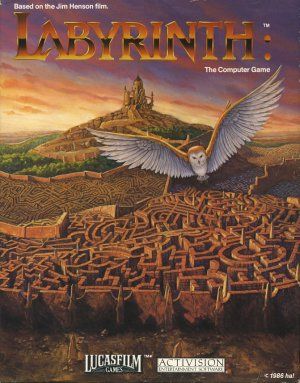
Obscurity Points: Labyrinth: The Computer Game receives two dolphins and a useful towel for the involvement of Douglas Adams. We will also award it three David Bowie heads for the pixilated appearance of his likeness in the game.
Above: Labyrinth featured the imagination of Jim Henson, the money of George Lucas, and the music of David Bowie
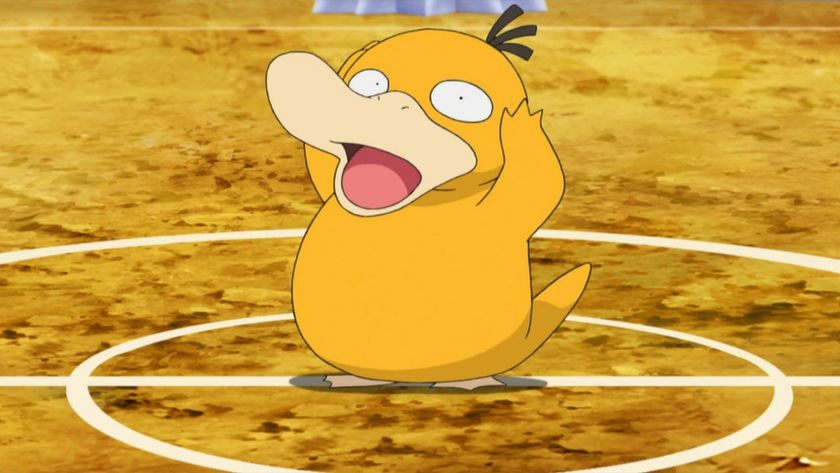
Pokemon reaches settlement in lawsuit over mobile game "Pocket Monster: Remake," operators "sincerely apologize" and say they've "learned our lessons"
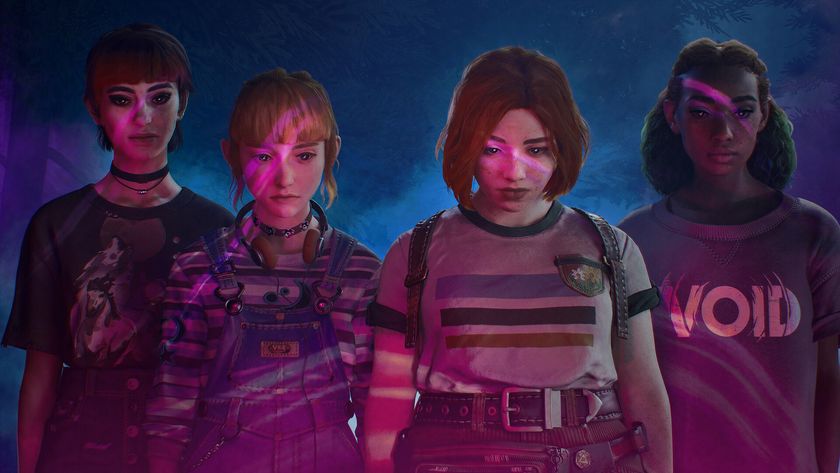
Life is Strange director says Don't Nod returned to its episodic roots in Lost Records because he's not "invested" in Netflix's binge model
Most Popular





